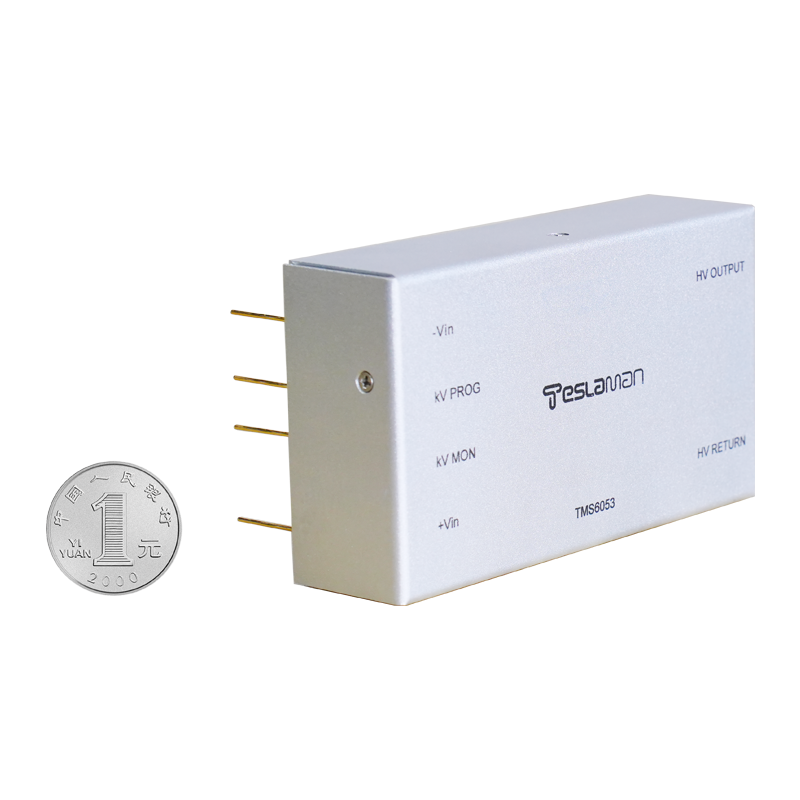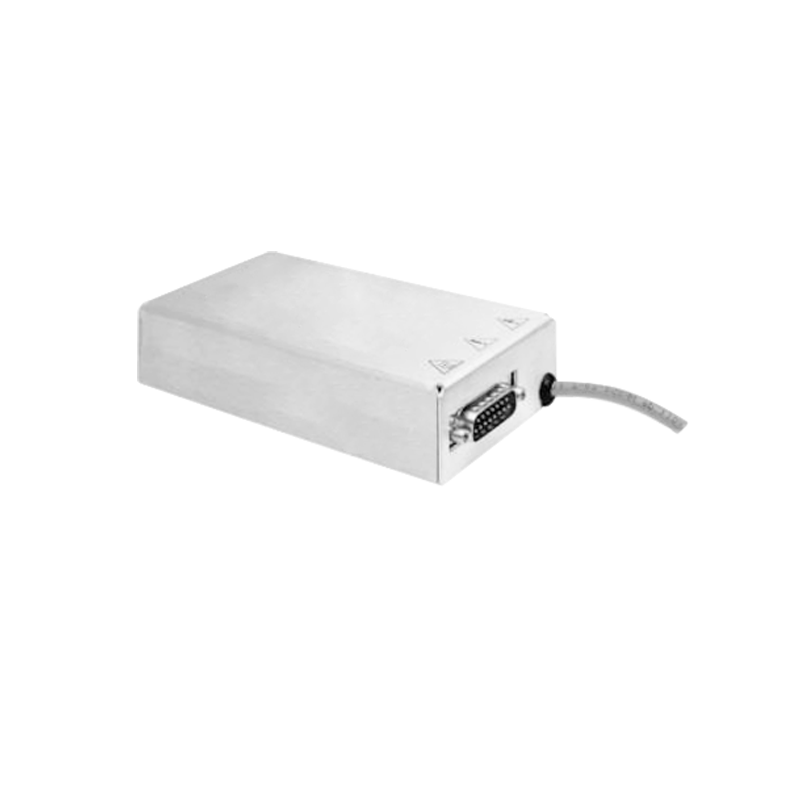Effects of Blood Irradiation High Voltage Power Supply on Blood Components
In the field of modern medicine, blood irradiation is an important technique used to prevent severe complications such as transfusion associated graft versus host disease (TA GVHD). During the blood irradiation process, the high voltage power supply plays a crucial role, and the ionizing radiation it generates has a series of effects on blood components.
Red blood cells are the most numerous cells in the blood and are responsible for transporting oxygen and carbon dioxide. When blood is irradiated, the cell membrane of red blood cells may be damaged to a certain extent. The free radicals generated by irradiation attack the lipids and proteins on the cell membrane, leading to changes in the fluidity and integrity of the cell membrane. However, within the clinically commonly used irradiation dose range, the oxygen carrying capacity of red blood cells is usually not significantly affected. This is because red blood cells have a certain self repair ability and can maintain their normal functions to a certain extent. But as the irradiation dose increases, the cell membrane damage may intensify, the deformability of red blood cells decreases, and they are more likely to be damaged in the blood circulation, thus shortening their lifespan.
White blood cells play a central role in the body's immune defense system. The effect of blood irradiation on white blood cells is relatively significant. Ionizing radiation can damage the nuclear DNA of white blood cells and inhibit their proliferation and differentiation abilities. At a relatively low irradiation dose, the activity of white blood cells can be significantly decreased, weakening their phagocytosis and immune response functions against pathogens. This characteristic is the key to the use of blood irradiation in preventing TA GVHD. By reducing the activity of white blood cells, the proliferation and attack of donor lymphocytes in the recipient are reduced, effectively reducing the risk of TA GVHD. However, excessive irradiation may also lead to a sharp decrease in the number of white blood cells, making the recipient's immune function overly low in the short term and increasing the risk of infection.
Platelets are important components involved in the blood coagulation process. Blood irradiation has a certain impact on the function of platelets. Irradiation may change the glycoprotein receptors on the surface of platelets, affecting their binding ability to coagulation factors and thus influencing platelet aggregation and coagulation functions. Similar to red blood cells, at an appropriate irradiation dose, platelets can still maintain basic coagulation activity. However, when irradiating platelets for long term storage, the rate of functional decline may accelerate. This is because the sub clinical damage caused by irradiation accumulates over time, leading to a decrease in the quality of platelets.
The ionizing radiation generated by the blood irradiation high voltage power supply has complex and multi faceted effects on blood components. In practical applications, it is necessary to precisely control the irradiation dose to minimize damage to the normal functions of blood components such as red blood cells, white blood cells, and platelets while effectively preventing complications such as TA GVHD, ensuring the safety and effectiveness of blood transfusion therapy.




















